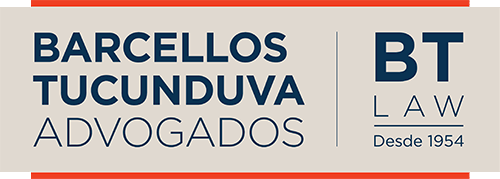The most recent survey by the Central Bank confirms that Pix is increasingly present in Brazilians' routines: in 2022, 2.9 billion Pix transactions were carried out, an increase of 107% compared to 2021, when the volume was 1.4 billion. Now, a new version of the tool should boost its use even further, bringing the possibility of scheduling transactions.
This is Automatic Pix, which was planned in the Pix management report released by the monetary authority at the beginning of September. Although it is still being studied, its feasibility is already at an advanced stage: a public consultation remains available to the market, through the Pix Business Working Group, to deal with the operational issues of the new benefit. The Central Bank's aim, according to experts, is to further expand the population's access to banking services.
Mariana Prado Lisboa, a lawyer specializing in Regulatory and Means of Payment and a partner at the law firm Barcelos Tucunduva (BTLAW), explains that the new product should be used by utilities and companies with recurring payment products or services. This list includes educational institutions, gyms, streaming services, health plans, insurance, condominiums, clubs and credit operations.
"Using Pix for these new realities is a path of no return. The population has already embraced this system, trusts the model and hopes that it will increasingly reduce costs compared to other instruments, as well as providing a better experience for paying and receiving users," he says.
Marcelo Godke, a lawyer specializing in banking law and a professor at FAAP and Insper, points out that consumers will be able to program the automatic Pix to pay everyday bills, replacing the traditional automatic account debit.
"People will be able to pre-schedule the payment of a credit card bill, for example, or a monthly subscription to a service. It's increasingly common for bills to come with a barcode to pay and, at the same time, a Pix QR code. The difference is that you can program it from there," explains Godke. Today, payment via Pix is made instantly, without the possibility of scheduling.
Offline
Another modality planned as an evolution of Pix is offline, which should cover the payment of tolls and public transport. Mariana points out that this measure is on the Central Bank's future agenda, as the lack of internet access in some regions of the country is currently an impediment to using the instant payment system.
"The possibility of carrying out the transaction without the need for a connection will be an incredible improvement. In toll plazas and on highways, offline payment, by approximation, will bring greater efficiency and experience to the paying user," he says.
For Godke, the move predicted by the Central Bank is a natural one because the tendency is for Pix to replace debit cards, which were previously used to pay small amounts, such as tolls and transport fares. "It was expected, but not at this speed, because the Central Bank didn't think it would happen so quickly."
Mariana Prado also highlights other new features. "Purchases in installments via Pix are another example of an improvement already being studied by the Central Bank. The idea is to establish guarantee mechanisms linked to installment transactions. As a result, the recipient's credit risk will be reduced and the payer will be able to make purchases in installments at a lower cost than with other instruments, such as credit cards, where the fees for payment in installments are higher precisely because of the recipient's credit risk, the technology involved and the number of intermediaries in the payment chain," she said.
Source: Guia do Investidor
